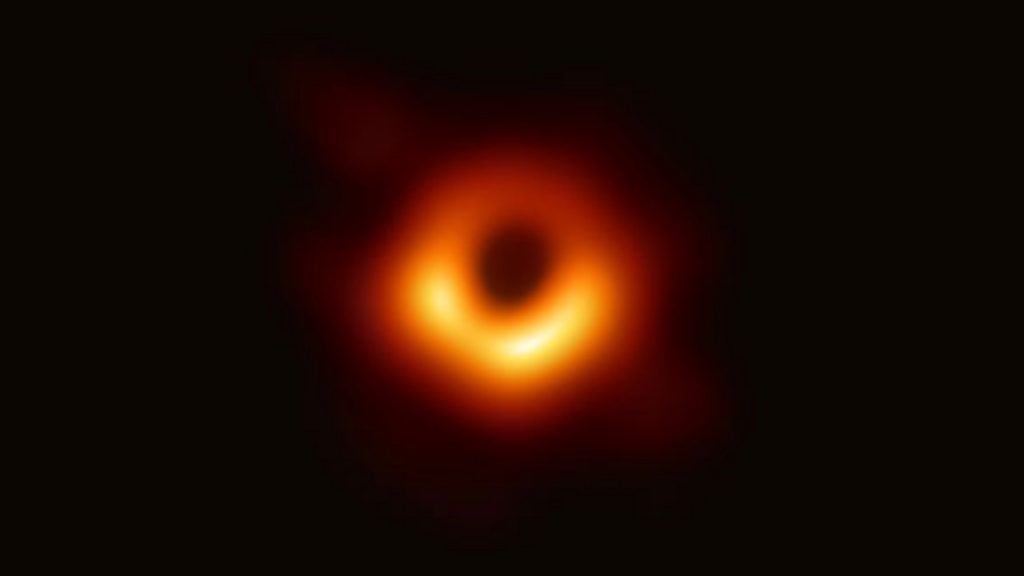Five years ago, launching a decent streaming platform took millions. Now? A teenager with a laptop can build something that reaches millions. That shift…
The first ever image of a black hole, or Sauron’s eye? Twitter debates

The National Science Foundation has released the first ever image of a black hole, showing the world what the mysterious phenomenon looks like in outer space.
You’re looking at the first ever image of a black hole. It was captured by the #NSFFunded @ehtelescope project. #ehtblackhole #RealBlackHole https://t.co/6dglvqrvOs pic.twitter.com/0hclANf4tc
— National Science Foundation (@NSF) April 10, 2019
The blurry image, which is making science history, was captured by an Event Horizon Telescope — collection of eight, in fact — designed especially for black hole imaging.
“This black hole resides 55-million light-years from Earth and has a mass 6.5-billion times that of the Sun,” the foundation explained on its website.
Though scientists everywhere are celebrating, Twitter took a slightly different turn and compared the orange ring to the Eye of Sauron form The Lord of the Rings.
#EHTBlackHole He’s back! Bring in the hobbits! We have to destroy the ring! pic.twitter.com/kymEamgxqg
— Elco Smits (@Elco_Smits) April 10, 2019
The prophecy is true! #EHTBlackHole pic.twitter.com/BekwhBUxeU
— Simon Cooper (@coopermatic) April 10, 2019
The ‘Eye of Sauron’ is watching us. 👁#EHTBlackHole pic.twitter.com/ik0juOQYfu
— Filip (@filipxos) April 10, 2019
wait a minute… #ehtblackhole pic.twitter.com/puUp46B2kd
— 𝘍𝘶𝘯𝘬𝘺 𝘚𝘱𝘢𝘤𝘦 𝘗𝘳𝘪𝘯𝘤𝘦 (@DigitalAbdullah) April 10, 2019
#BlackHole #EHTBlackHole I know some genius has already done this and better but still pic.twitter.com/o9eQGFpOJu
— Shadow_Noir (@ShadowNoir2) April 10, 2019
#EHTBlackHole that’s no black hole, they found Sauron. Middle Earth here we come pic.twitter.com/Hqqn9apg75
— NoleMan (@NoleMan22) April 10, 2019
HD version of the black hole #EHTBlackHole pic.twitter.com/XiNysne4t2
— Rebecca (@bex2188) April 10, 2019
One Ring to rule the entire universe, perhaps?
Feature image: National Science Foundation


